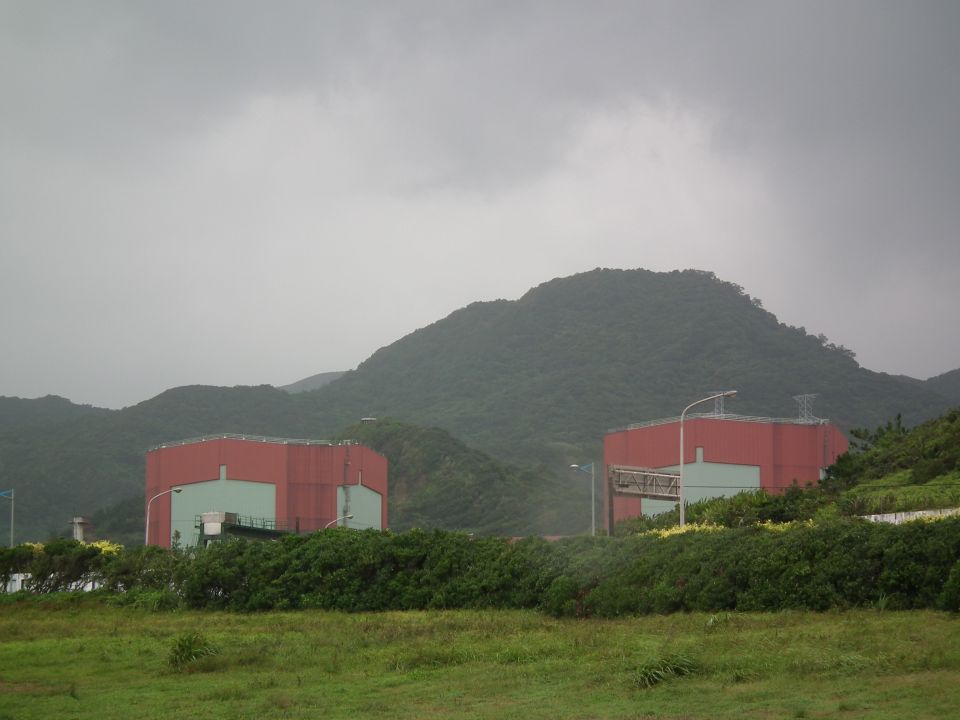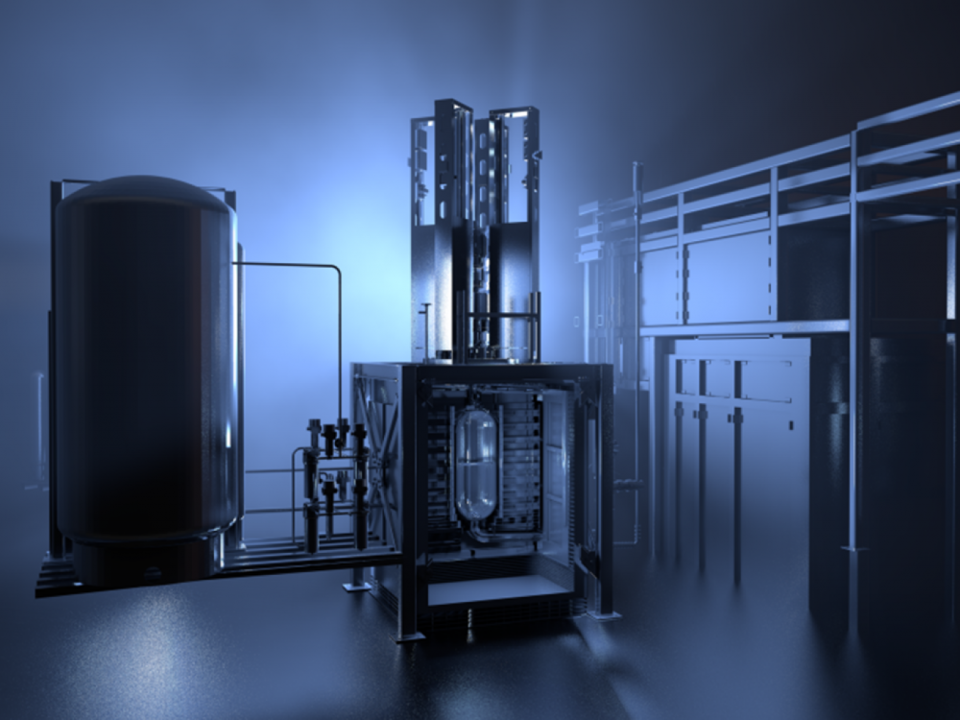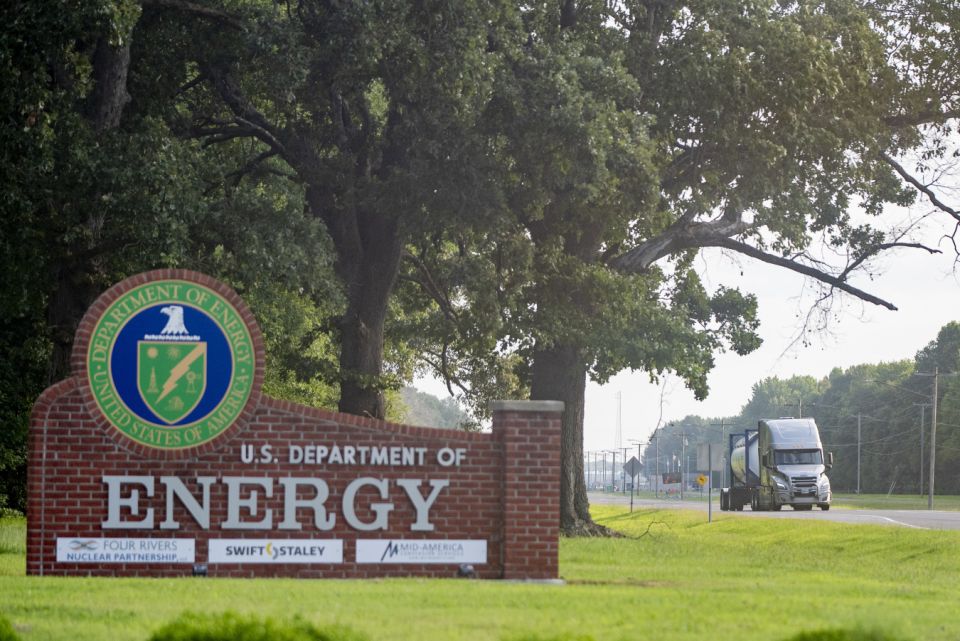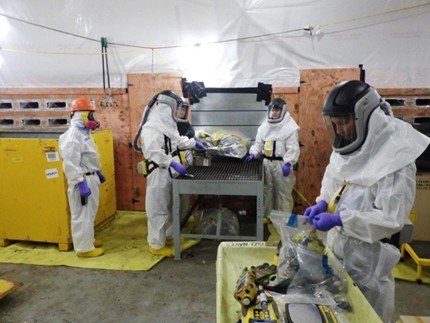Idaho’s IWTU to resume operations in early 2024

The Department of Energy’s Office of Environmental Management said Idaho’s Integrated Waste Treatment Unit (IWTU) is set to resume radioactive liquid waste treatment operations early next year after crews replaced carbon material from two plant vessels. The IWTU was shut down for an unplanned outage on September 6 to address elevated mercury concentrations in the plant’s granulated activated carbon (GAC) beds, according to Defense Nuclear Facilities Safety Board (DNFSB) reports.

-3 2x1.jpg)






